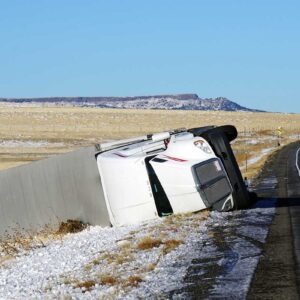Description
No matter the type of facility, fire protection is of the utmost concern during the construction process. For Department of Defense (DOD) facilities, this is doubly true as sensitive information, hazardous materials, or highly used utilities could be housed in these locations. Facilities covered by this document include all types of buildings and their contents, structures, whether temporary or permanent, mobile and stationary equipment, waterfront facilities, outside storage, and shore protection for ships and aircraft. Each type of facility has its own unique set of best practices, construction criteria, and building requirements.
The provisions of this document are applicable to all new and existing DOD facilities located on or outside DOD installations, whether acquired or leased. Minimum protection criteria are based on commercial requirements set forth by national insurance underwriters and may exceed minimum national code requirements – established in the best interest of the DOD.
The scope of this course is to serve as a primer in the minimum protection requirements for DOD facilities. It is intended to serve as a first step in understanding the need for protection of life, mission, and property while taking into account both the costs of implementation and the risks associated with the facility.
This course includes a multiple-choice quiz at the end and is intended to provide 10 hours of professional development.
*Note: The appendices are included for reference only. Quiz questions are taken from the Forward, Introduction, Definitions and Chapters.”
LEARNING OBJECTIVES
At the conclusion of this course, the student will have learned of been exposed to the to the following topics.
• Services of Fire Protection Engineers
• Criteria for Existing Facilities
• Qualifications of Fire Protection Engineers
• Fire Protection During Construction
• Ranges and Remote Locations
• Relocatables
• Spray-Applied Fireproofing
• Separation Between Buildings
• Interior Floor Finish
• Building Construction
• Building Height Limitations
• Limiting Interior Fire Spread
• Means of Egress
• Insulation
• Roof Coverings and Roof Deck Assemblies
• Fire Department Vehicle Access
• Air Handling Design Requirements
• Water Demands for Facilities with and without Sprinkler Systems
• Fire Extinguishing Systems
• Water Spray Systems
• Foam Systems
• Dry Chemical Extinguishing Systems
• Carbon Dioxide Systems
• Halon 1301 Systems
• Portable Fire Extinguishers
• Wet Chemical Extinguishing Systems
• Clean Agent Fire Extinguishing Systems
• Water Mist Fire Protection Systems
• Fire Alarm Systems
• Carbon Monoxide Detection
• Special Occupancies and Hazards
• Storage of Flammable and Hazardous Materials








